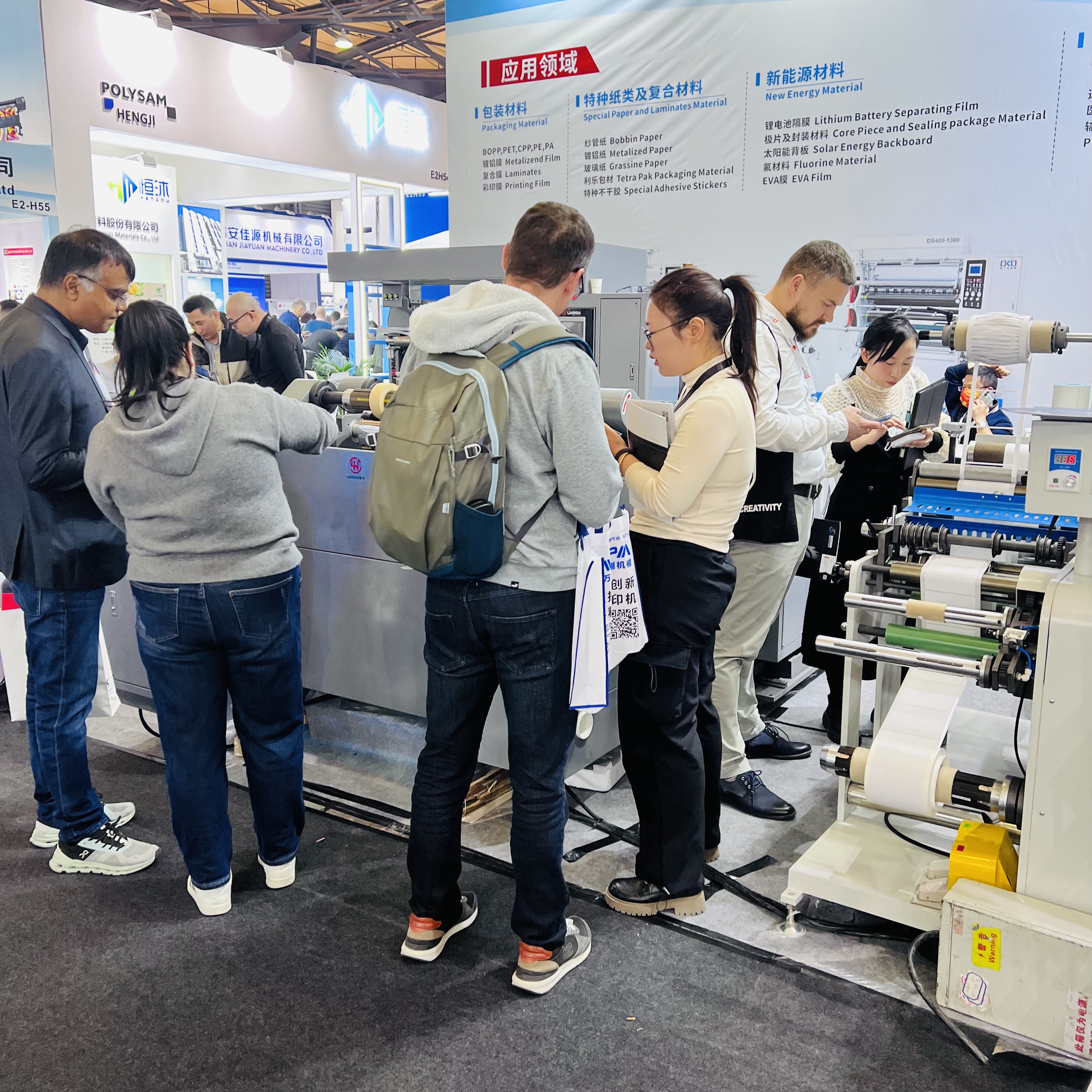close
Choose Your Site
Global
Social Media
Views: 182 Author: Site Editor Publish Time: 2025-06-25 Origin: Site








In the modern world of packaging, labeling, and commercial printing, two highly recognized printing methods stand out: screen printing and flexographic printing. Each of these techniques plays a vital role in different industries, depending on specific printing needs such as substrate type, color vibrancy, production speed, and volume. Understanding the differences between these two printing methods is essential for businesses aiming to optimize print quality, reduce costs, and improve production efficiency. Whether you are a packaging engineer, print buyer, or business owner, knowing when to use a flexo printing machine over a screen printer can directly influence your bottom line.
Flexographic printing, often abbreviated as flexo, is a rotary relief printing process that uses flexible plates and fast-drying inks. A flexo printing machine typically consists of anilox rollers, doctor blades, and printing plates mounted on cylinders.
High-Speed Production: Flexo presses can print at speeds exceeding 500 meters per minute.
Versatile Substrates: Suitable for printing on paper, plastic film, metallic film, and more.
Fast Drying Inks: Water-based or UV-curable inks are commonly used, reducing drying time and increasing productivity.
Inline Finishing: Most machines allow inline die-cutting, laminating, and varnishing.
Flexo printing is widely used in the production of labels, corrugated boxes, flexible packaging, and hygiene products. It's considered highly efficient for long runs, especially in the food and beverage packaging industry.
Screen printing, also known as silkscreen printing, is a stencil-based process where ink is forced through a mesh screen onto a substrate. It is one of the oldest printing techniques still in use today, appreciated for its color richness and versatility in printing on both flat and irregular surfaces.
Thick Ink Layers: Delivers vibrant and opaque prints with high durability.
Manual or Semi-Automated: Often involves manual setup, making it labor-intensive.
Ideal for Short Runs: Economical for small batches or specialty items.
Broad Material Compatibility: Works on textiles, glass, wood, plastics, and metals.
Screen printing is ideal for custom apparel, promotional products, and signage, where tactile ink effects and specialty finishes are valued.

To better understand the distinct advantages and limitations of both printing techniques, let's examine the comparison in the table below:
| Feature | Flexographic Printing | Screen Printing |
|---|---|---|
| Production Speed | High – Ideal for mass production | Low to medium – Better for limited runs |
| Ink Type | Water-based, UV, solvent-based | Plastisol, solvent-based, specialty inks |
| Substrate Compatibility | Paper, film, foil, non-porous surfaces | Fabric, glass, metal, wood, plastic |
| Print Quality | Consistent and clean on flexible substrates | Rich, vivid colors with thick ink deposit |
| Setup Time | Moderate – Requires plate creation | Long – Involves screen preparation |
| Best Use Case | Packaging, labels, continuous roll materials | T-shirts, posters, ceramics, limited editions |
From this table, it's evident that a flexo printing machine is best suited for high-volume industrial printing, whereas screen printing excels in low-volume, high-detail printing on a wider range of materials.
For businesses that handle large-scale packaging needs, a flexo printing machine offers significant advantages. If your goal is to print millions of meters of packaging film, or you require consistently high throughput, flexographic printing is likely the most cost-effective and time-efficient solution.
Food and Beverage
Pharmaceutical Packaging
Retail and Consumer Goods
Logistics and Labeling
Flexo presses are capable of handling long runs with minimal downtime, thanks to automatic ink control, quick-change plate cylinders, and web-guiding systems. This makes them a favorite in just-in-time (JIT) manufacturing environments.
No printing method is perfect. Both screen and flexographic printing have their limitations depending on the application.
Initial Setup Costs: Flexographic plates can be expensive to produce.
Not Ideal for Complex Artwork: Struggles with photographic detail compared to digital printing.
Substrate Sensitivity: Some very rigid or heat-sensitive materials may be incompatible.
Slow for Large Runs: Manual setup and limited automation slow down large-scale jobs.
High Labor Requirement: Screen printing is labor-intensive, making it costly in high-wage regions.
Ink Waste: Inefficient ink usage compared to flexo systems with anilox control.

It depends on the application. Flexographic printing is better for high-volume, continuous jobs such as packaging and labels, while screen printing is better for customized, small-batch prints with vibrant colors and specialty effects.
Generally, flexo printing machines are not used for fabrics. Screen printing remains the preferred method for textile printing due to its ink coverage and fabric adaptability.
Not at all. Despite being an older method, screen printing is still widely used in fashion, promotional goods, and signage because of its versatility and tactile effects.






The decision between screen printing and flexographic printing boils down to understanding your production needs. If you're printing millions of labels for food packaging, a flexo printing machine is likely your best investment. On the other hand, if your business revolves around high-impact promotional materials, custom t-shirts, or artistic prints, screen printing offers unmatched quality and customization.
Each technique has evolved to serve its niche. Flexographic printing continues to expand with innovations in digital plate making, LED UV curing, and sustainable inks, while screen printing is pushing boundaries with discharge printing, metallic inks, and textured finishes.